The little cedar hand-crafted box had been brought by a friend Tomoyo from Japan and had been waiting to be opened for months. Tidy and scented, the box had remained in a room close to cakes of Puerh, leaves of Darjeeling and Oolong; a room devoted to leaves. Tomoyo had mentioned that I must indulge in one of the green gems of her homeland, Japan. Gyokuro green tea grown near Uji is for many of the island nation the tea that one waits for every Spring. Made from a different cultivar than most loose tea in Japan (Gyokuro usually uses the cultivars Okumidori, Yamakai or Asahi) its preparation and cultivation are – even for perfectionists – something utterly precise.
Gyokuro is a leaf of the shade, with at least three weeks of shading necessary before it is plucked. It is in the shading of the plant – and subsequent rising of certain elements within – that Gyokuro develops a sweeter flavor. The compound and amino acid analogue Theanine, is a prime mover of flavors, and it is that which contributes so much to a certain sweetness that Gyokuro is known for.
The word Tomoyo used to describe this particular tea, was a word that is bandied about throughout the food world these days: Umami. So busy has it been, that Umami is recognized (even in the west) as a distinct taste, and the addition of MSG in many Asian dishes has been added to replicate that very sweet savory Umami experience.
Umami does its best work when working in unison with other foodstuff items, carrying for some, a flavor of the sea; in kombu (kelp), or fermented foods it finds perhaps its most expansive expression…and in teas. My wife, who is half Japanese, and has a particular palate preference for things salty and fermented has frequently described this Umami taste as being “savory and sweet with a finish that reaches back into the mouth”.
The day has come – mid-afternoon with a clean palate – to at last try this tea which has been made in the oldest region of Gyokuro production in Japan, Uji. Getting to the tea leaves themselves, is an exercise in gentle unwrapping, awe, and then more unwrapping. Intricate hand made rice paper wrap around a silver cylinder. The cylinder itself has its own additional sheath (another hand made Japanese paper from Echizen in Fukui Prefecture) which has calligraphy embossed upon it courtesy of Hagami Shocho, a head priest of Kozanji Temple which is in Togano-o, Kyoto. The whole package is an exquisite sandwich of tradition, delicacy, and meaning. It differs so very much from my usual fare: simply wrapped Puerh cakes and bricks. Ornate fanfare in the tea world has at times worried me, simply because amidst such pageantry very average teas (or indeed out and out trash) can thrive. But in Japan that is precisely the magic of good teas. Good teas look good, are presented beautifully and generally have been produced with competence. Still though, tea will always be about the leaves and the time, rather than anything else.
But this unfurling and uncovering has its own particular joy. In a world crippled by impatience and ‘speed’ a package such as the one before me forces time to be considered. It ensures that the attention is with what is before the eyes.
And so, I continue. When the sheath of paper work is removed another hand made piece is revealed: a brushed silver canister that is immaculate. A small silver bag is cut open and a narcotic sweet ‘green’ waft comes out to greet the nostrils…and again.
Leaves that are twiggy and miniscule rest in a wooden bowl having been poured there to peer at. A green fence of leaves with some thicker shapes amongst the neat pile beckons. The odd lighter shaded leaf stands out and gives the little pile some dimensionality.
The suggested serving guide from the producers, Kozan, encourage a 3-gram portion of leaves per 20ml’s of water, at 50 degrees Celsius for 2.5 minutes. I triple up on the amounts of leaves and water to ensure I’ve got something beyond a slurp of liquid when I finally do take in some of this Umami. This isn’t the joyous rapture of Puerh or an Oolong where successive infusions release and relinquish hidden components and hints of the earth and hands behind the leaves. This is a single serving where the entirety of elements, good and bad, rest in a single infusion. One feels a slight burden of responsibility with such teas. Every stage has been carefully and consistently moved and crafted and there is an obligation to ensure the entire journey of the leaf to the cup is similarly curated.
An elegant but slightly battered kyusu of mine is preheated with 50 degree water as is a white cup to be ready with such a low temperature. The 2.5 minutes passes and it is time. A wash of green liquor that seems to scream “stimulant” ends up in the cup.
Warm, but not hot, the first sip slides in and there it is, almost immediately. A long sweet push into the back of the mouth, curls forward into the cheeks and remains. I’ve had Gyokuro’s before and much as I’ve appreciated this flavor of Umami, it has never really charmed me like some of the more pungent Puerhs that come strong but finish gently. Umami seems, to my own palate at least, to be notable in that, it is something soft-edged and gentle…while at the same time pervading everything in the mouth. This present offering in front of me is perhaps a cleaner and sharper version of Umami, and something utterly unique in the profile world of tea leaves. It remains and stays with the palate and the kick that it brings is something razor sharp and intense, despite its long sweet notes. Its stimulant powers are impressive, the leaves, delicate, and the utter dedication to this Umami commendable. A second entirely new serving is made as I have a desire to replicate it and confirm, in my own mind, what it is all about.
The second serving is similar in every way. It is the utter consistency that perhaps irks me. I’m of the jaded bunch who likes perhaps something rash or impertinent in my brew. The Umami, for me at least, hints at things but doesn’t entirely make me decide on anything. It might be that a palate has to shift into this Umami state of affairs.
I jot down the tasting notes, and put a note into my calendar for another tasting, as the expiry date of this little gem is not so very far away. After carefully putting away the ornate package, I heat up some water to full boil for a little treat of an 8-year old Bada Mountain Puerh from ancient trees. It ends up I need another little hit of leaves.

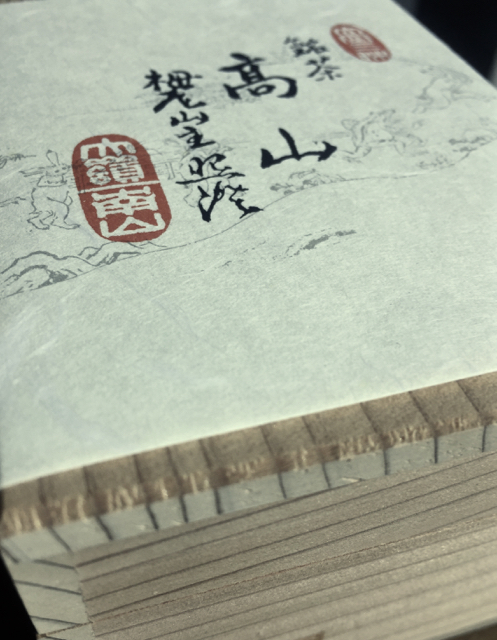
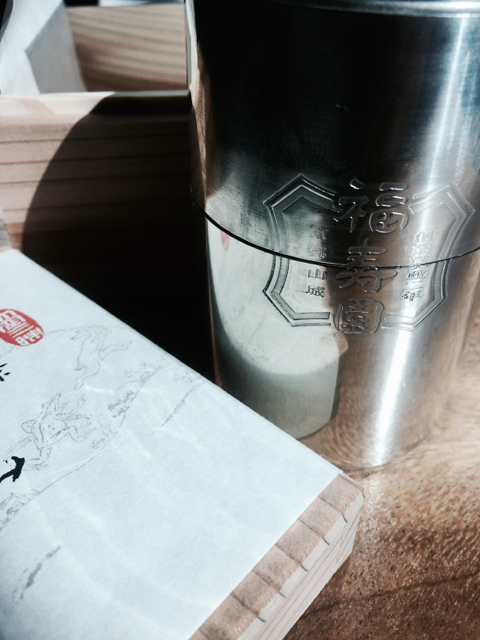

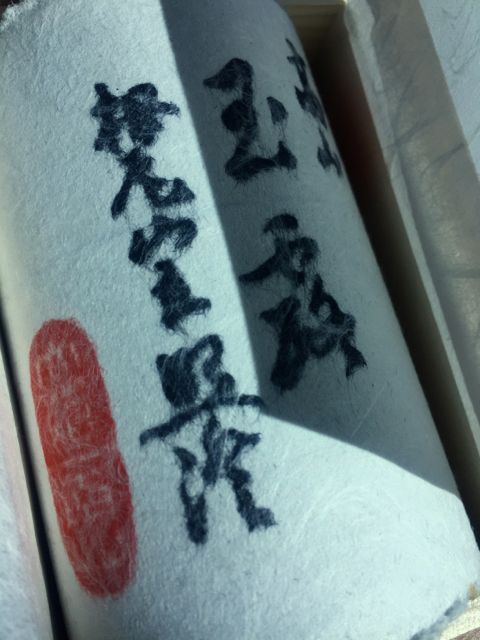
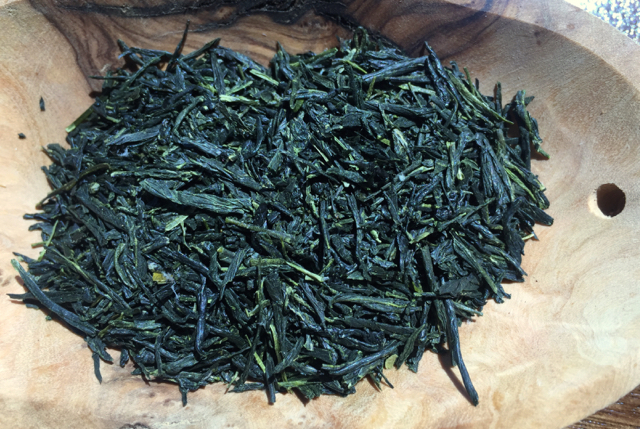

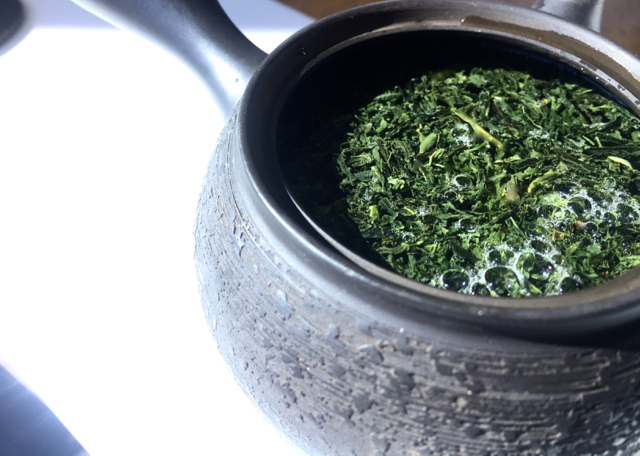
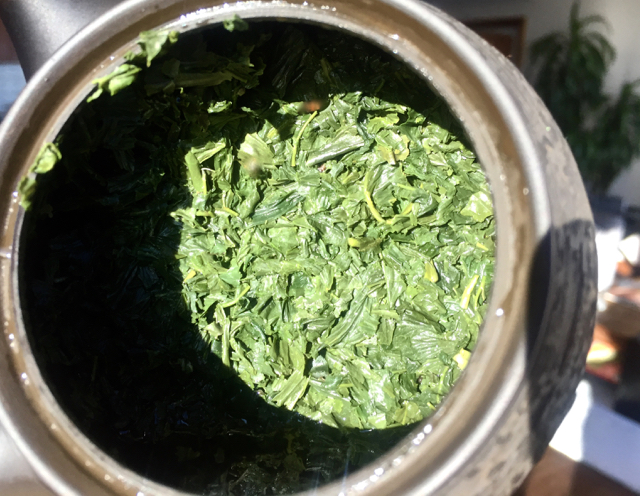
What a great journey through this experience. Gyokuru was my gateway tea! Thanks for sharing!
Thanks for the note Ruan! I’m still at that Gyokuro gateway – coming in slowly.
Jeff